Maximizing Wellbeing During Pandemic Holidays
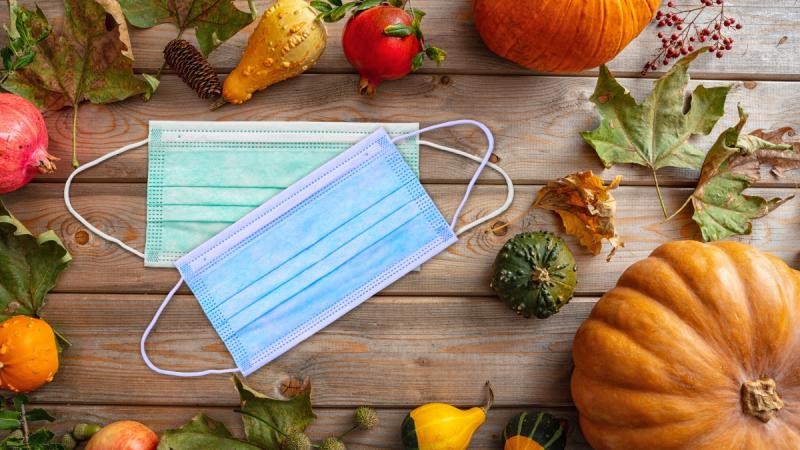
By now most of us know personally someone who has been infected with the COVID-19 virus. The Global Pandemic has found its way into almost all of our lives. In the Northern Hemisphere we are facing the coming of winter with its cold, its shorter days, but also with its holidays. We’re all tired, if not exhausted by the degree of isolation and all of the precautions we are taking. The virus, of course, does not, however, care about how we feel. So, we keep up our smart preventative behavior and operate on what we might call functional paranoia.
There are two challenges facing us as we approach the dark days of winter and the joys of the holidays. One in psychological and emotional. The other is quite practical. For guidance on the practical this article by the Center for Disease Control (U.S.) is excellent! It is quite thorough and addresses some great strategies for dealing with our holiday celebrations and gathering with others to do so.
Thanksgiving and Covid-19
Holiday Celebrations and Small Gatherings
https://www.cdc.gov/coronavirus/2019-ncov/daily-life-coping/holidays.html
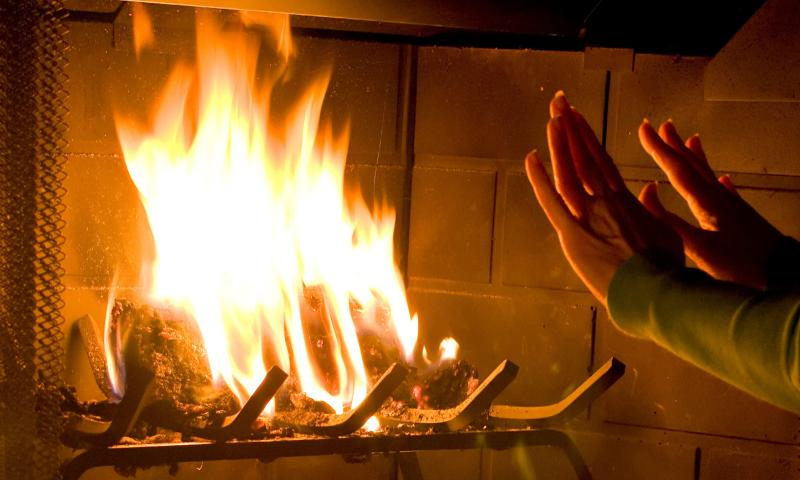
Mental/Emotional Wellness for our Winter Holidays
Thanksgiving, Christmas, Hanukah, Kwanzaa, and other important celebrations are usually a time to come together, share in honoring our spiritual beliefs, celebrate gratitude, love, peace and togetherness. Now the “coming together” part is completely different. Holidays, beyond the practice of faiths, also meet a lot of interpersonal needs that we all have. While turkeys and brightly wrapped gifts under an evergreen tree often take center stage in the media and in our minds, it is really the connection with others that we value above all else.
“Connection is the currency of wellness.” That long-ago quote from wellness pioneer Jack Travis is as true today as ever. On the flip side we know that social isolation is correlated with higher rates of all of the major chronic illnesses. (https://www.cdc.gov/aging/publications/features/lonely-older-adults.html) We also have a population in North America and many other countries where the number of single-person households is greater than the number of households with two parents and children present.
Many of the connections we have developed with others are now challenging to carry out safely. Getting together for coffee, tea or a pint is not as simple as it used to be. As our needs for connection grow more pressing, we may be tempted to make some dangerous self-defeating decisions in order to get those needs met.
Connection: a Resilient Redefinition
Our measures to counter the pandemic will not be going away soon. We will have some form of “Iso” (isolation) as my Australian friends call it, for some time to come. Yet, we must frame it as a temporary adaptation. It will not last forever. A key tenant of resilient thinking is to recognize when some circumstance is, in fact, temporary. Coping with the here and now is easier when we frame it as impermanent.
Perhaps, though, we do need at some level to grieve the loss of how things have been. Grieving is acknowledging what is and begins our journey towards accepting a loss. We can speak of what we miss. We can process this through with others who are in touch with the same losses. By expressing ourselves we can allow ourselves to let go and no longer cling to false hopes of returning to the way things were, or worse yet, acting like the return is already here when it is not safe to do so.
Then into the vacuum left by our grief it is time for gratitude. We often don’t know what we’ve got until it’s gone. Iso, the lockdown, has caused many of us to deeply appreciate the connections we took for granted. It has also caused us to appreciate what we have. Many reports come forth about slowing down, noticing life, seeing beauty in the everyday. Working at home, no longer commuting, we have more of our day to notice birds in our backyard, sights and sounds that had been passing us by.
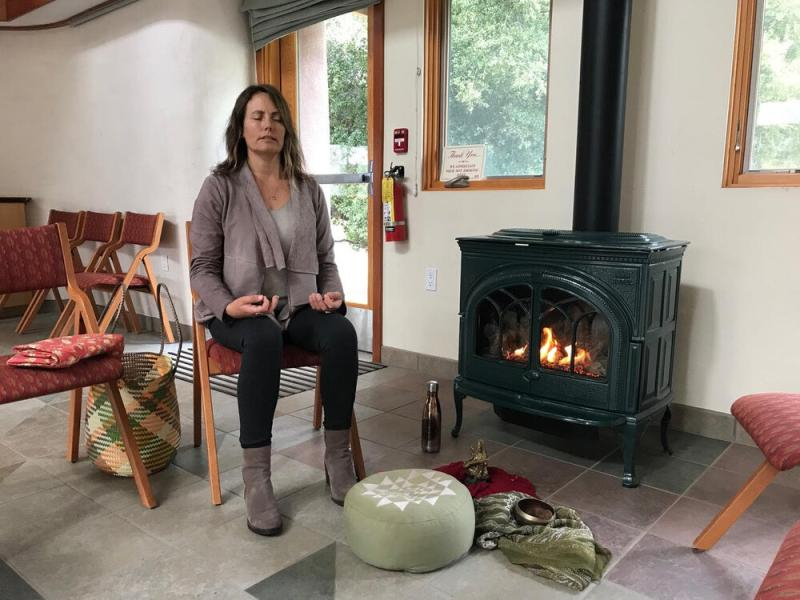
Many are finding that there could never be a better time for a practice of gratitude. That might take the form of meditation, prayer, or some kind of ritual that centers us in our gratitude and brings it to our awareness. Hard circumstances bring out gratitude. I chuckled recently as I shoveled snow, grateful to be bending over and lifting shovelfuls of the white Colorado powder that had smothered the raging forest fires to our west. The threat of loss of someone we care about puts us in touch with the gratitude we have for their presence in our lives.
Science even validates the importance of gratitude. A Psychology Today article describes “7 Scientifically Proven Benefits of Gratitude”. “Recognizing all that you have to be thankful for —even during the worst times—fosters resilience.” (https://www.psychologytoday.com/us/blog/what-mentally-strong-people-dont-do/201504/7-scientifically-proven-benefits-gratitude) “
1. Gratitude opens the door to more relationships.
2. Gratitude improves physical health.
3. Gratitude improves psychological health.
4. Gratitude enhances empathy and reduces aggression.
5. Grateful people sleep better.
6. Gratitude improves self-esteem.
7. Gratitude increases mental strength.
Time for a Reframe
We have all, by now, adopted a particular perspective on our current circumstances. That perspective is shaping our thinking and behaving every day and is shaping how we are anticipating the holidays ahead. The question becomes “How is our perspective working for us and our wellbeing, or against it?” In coaching we often help our clients to examine such perspectives and see when it is beneficial for them to reframe their thinking. In my new book Masterful Health & Wellness Coaching: Deepening Your Craft (https://wholeperson.com/store/masterful-health-and-wellness-coaching.html) I speak to how we can use the art of reframing.
“Reframing is a way to help someone consider a new perspective on an event that has taken place or is about to, a circumstance of their life, a relationship they are involved in and more. What would be a new way for your client to look at the same situation? How could shifting perspective change their course of action? An effective reframe can empower a previously stuck and helpless feeling client to engage in change.
Reframing can help clients to:
• See a personal quality previously seen as a liability as an asset.
• See what they believed was a personal weakness as a strength.
• See a potential problem as an opportunity.
• See the upside of a situation and how they can benefit from it.”
How can we reframe our pandemic experience? Reframing is not minimizing or engaging in self-delusion. What’s real is real, but how are we looking at it? While a Zoom meeting Thanksgiving dinner is nothing like the real thing, it may allow us to include people we love who would never be able to travel and be with us for the holiday feast. Working at home can be very stressful, but we are more in charge of our own work-clock and that can allow us to get out and walk at noon.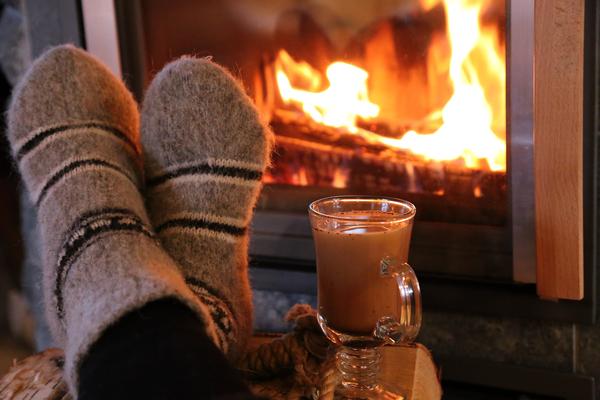
Get Cozy
There can be a real tendency when we are lonely and isolated to self-sooth. This can take the form of eating too many “comfort foods”, drinking more than we have in the past, etc. This may be an opportunity to reframe self-soothing as engaging is self-care activities that are both enjoyable and health enhancing. Luxuriating in a slow, hot bath, taking the time to make a healthy and delicious food you’ve researched, declaring a one-day moratorium and all work (including housework) and drifting along doing just what you want to do.
“Hygge, a Danish term defined as “a quality of cosiness and comfortable conviviality that engenders a feeling of contentment or well-being.” Pronounced “hoo-guh,” the word is said to have no direct translation in English, though “cozy” comes close.” (https://www.newyorker.com/culture/culture-desk/the-year-of-hygge-the-danish-obsession-with-getting-cozy) Taking pleasure in the simple things of life that yield contentment is a great way to make it through the winter. Whether alone, or with whomever you can get cozy with, we can slow down and give ourselves permission to “indulge” in things that give us comfort. Shutting off the television and reading a good novel under a warm blanket with a hot cup of cheer on hand can start to reframe our whole mood.
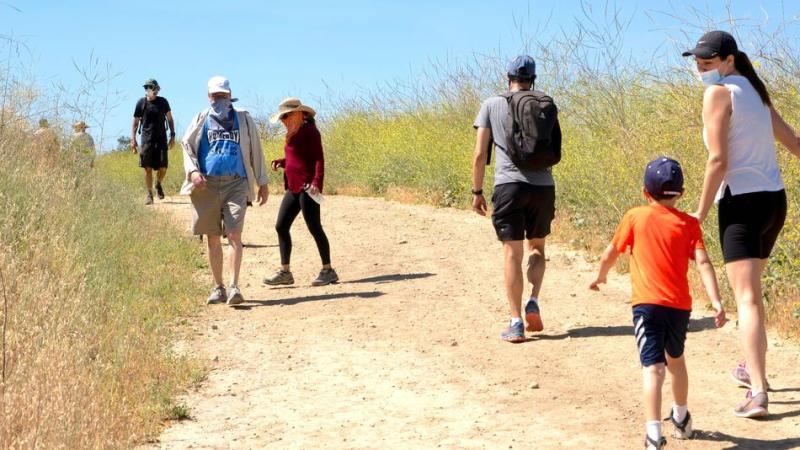
Salvation in the Natural World
Being with others in the outdoors allows us to be active while physically distant enough to be safe. (https://www.mayoclinic.org/diseases-conditions/coronavirus/in-depth/safe-activities-during-covid19/art-20489385) We’ve seen a huge surge in outdoor activity since the pandemic took hold. As we head into the colder season, don’t let it hold you back. Our contact with the natural world is “not an amenity – it’s a necessity.” (https://news.uchicago.edu/story/why-time-outdoors-crucial-your-health-even-during-coronavirus-pandemic) With a few adaptations to our wardrobe we can still be outside and enjoy it, more like our Scandinavian friends do. Our Nordic friends have another new, and useful word for us. “A passion for nature cuts to the heart of what Scandinavians call friluftsliv (pronounced free-loofts-liv). The expression literally translates as ‘open-air living’.” (https://www.bbc.com/worklife/article/20171211-friluftsliv-the-nordic-concept-of-getting-outdoors) By consciously scheduling our “friluftsliv” time our lives, even in winter, can be so much more rewarding.
The outdoors is not just for those fortunate enough to live on the doorstep of wilderness areas. Urban areas are looking at how city dwellers can make the most of time together in the safest possible place – the outdoors. This Bloomberg City Lab article tells of astonishing programs taking place around the country to reduce winter isolation (https://www.bloomberg.com/news/articles/2020-09-11/how-to-prepare-for-a-coronavirus-winter).

A Pre-Emptive Plan for Well Holidays
To create the kind of holiday experiences you want to have describe the outcome you want to see. Get clear about what’s truly important to experience as part of your holidays. Plan for it. Coordinate with others about how you can actualize your best holidays possible. Come to some agreements with friends about what is the best and safest way to experience the connection we all need. Reach out to communities (faith-based and otherwise) that you are part of to see how you can support each other in healthy connection this winter. Set your plan in motion with the support (and built-in accountability) of others. It may be as simple as a group hike on so-called Black Friday (day after Thanksgiving), or a series of small connecting experiences that see you through the dark days and bring more light into your world.
Be safe, be well and stay well.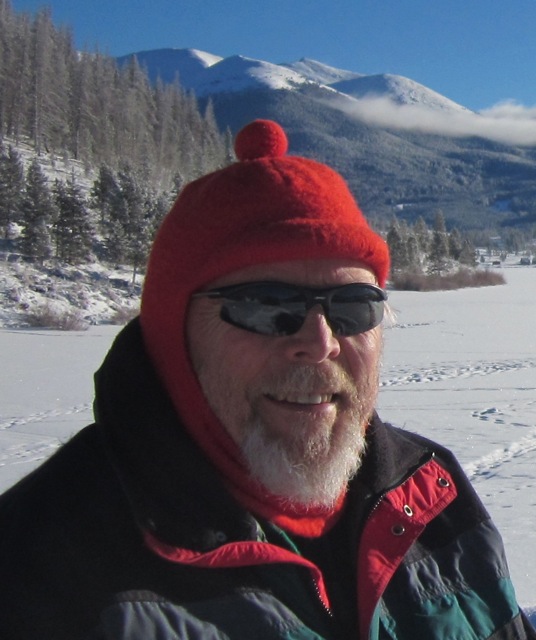 Coach Michael
Coach Michael
Michael Arloski, Ph.D., PCC, NBC-HWC is CEO and Founder of Real Balance Global Wellness (https://realbalance.com) a premier health & wellness coach training organization that has trained thousands of coaches around the world.
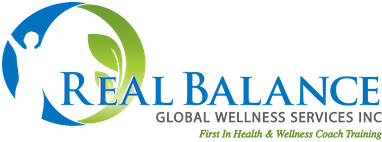

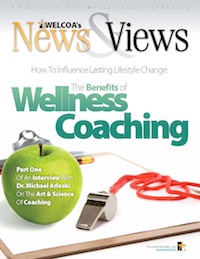
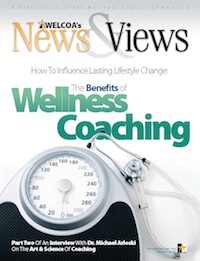

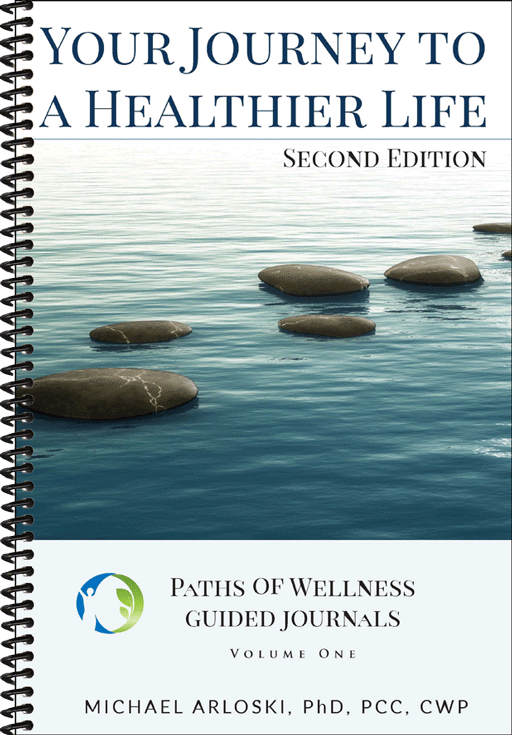
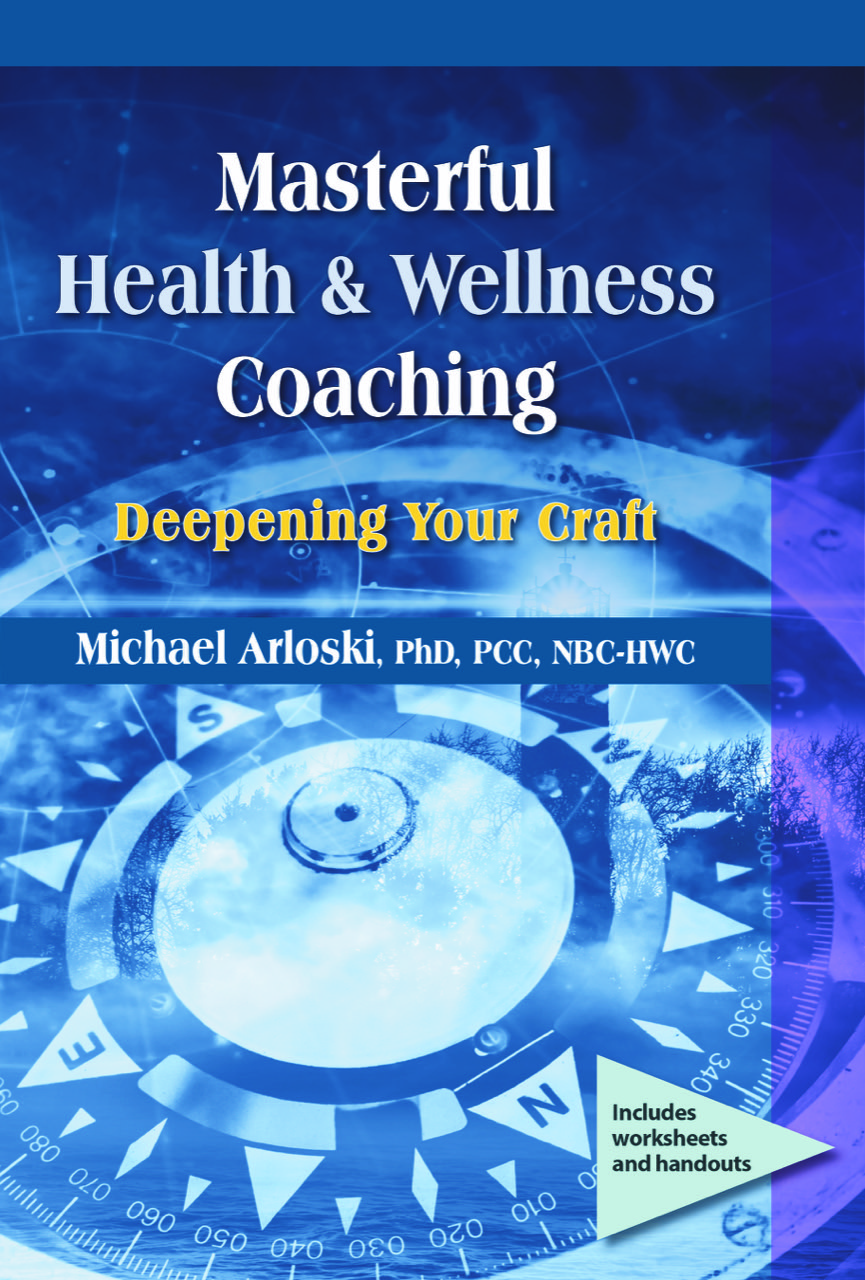

Only registered and logged in readers can leave comments.